The will be closing its doors to the public following a report from professional engineers which found “serious structural deficiencies” with the roof of the building.
The Ministry of Infrastructure (MOI) and Infrastructure Ontario provided an update on the status of the facility, located at 770 Don Mills Road, during a technical briefing today (June 21). According to the latest engineering assessment, the roof structure in parts of the facility was built using construction materials and systems that are now outdated and roof panels which are deteriorating.
“ commissioned a report from professional engineers at following reports of roof failures out of other jurisdictions that used specific roof panels also found at the Ontario Science Centre,” said Michael Robertson, assistant deputy minister at the MOI.
“The results show the building is at risk of potential roof failure due to snow load as early as this winter. The building, and I stress this, is safe for occupancy…until the end of October, the start of snow season. But based on this new information and out of an abundance of caution, the Ontario Science Centre building will close to members of the public today.”
Closing the facility effective immediately will allow staff the time needed to safely remove exhibits and pivot programming and operations from the building over the next few months, he noted. It is expected to be vacated by Oct. 31.
Infrastructure Ontario (IO) will be releasing a request for proposals to help identify a temporary location for the Ontario Science Centre until its new permanent location at Ontario Place is ready, he said, adding the decision was a difficult one to make but health and safety is the top priority.
Reports indicate systems at science centre are nearing end of life: Lindsay
Michael Lindsay, president and CEO of IO, said issues with the facility were identified in a report released last year.
“I think everybody understands that this is a 55-year-old facility that faces several operational, physical and capital challenges and many of those were detailed in a comprehensive business case which the government released in November of 2023 detailing some of the legacy systems that were at end of life and at risk of imminent failure in the next three to five years,” Lindsay explained.
The business case was based upon a building condition assessment that was done by Pinchin Ltd. engineers in April 2022. At the time, experts concluded at least $478 million in capital repair would be required to help repair and replace outdated infrastructure at the present facility.
Then in the Fall of 2023, stories began to emerge, particularly out of the United Kingdom, about Reinforced Autoclaved Aerated Concrete, a lightweight form of concrete that was a popular building material from the 1950s to the 1970s.
“The benefit of this particular type of concrete was its lightweight structure but what has been subsequently revealed is that this type of concrete is particularly susceptible to water infiltration,” Lindsay explained. “There began to be stories of failures of the roof structures that had been built with this type of concrete.”
They engaged Rimkus Consulting almost immediately, Lindsay recalled, to talk about the presence of RAAC at the Ontario Science Centre in each one of the three major buildings which make up the facility.
“The conclusion of that study which has now been given to us, it’s in a formal report, is that significant roof areas on all three of the science centre buildings do indeed have RAAC,” Lindsay explained. “In fact, 54 per cent of the total square footage of the science centre roof is RAAC.”
The building will remain safe over the summer thanks to an enhanced process for rainwater monitoring and roof facility management, he said.
“We’ve been able to mitigate that risk but the reality is that the roof of the science centre is now really at the end of its life and there is a need to comprehensively replace the RAAC panels in the roof,” said Lindsay. “Our engineers at Rimkus have told us in no uncertain terms that in all cases by October 31 of this year ultimately the roof would need to be remediated or replaced in order for people to be in the building.”
The information was provided to government to inform decision-making, he added.
“It’s a very, very significant construction job,” he said. “If you can imagine it effectively requires removing the roofs of all the buildings of the Ontario Science Centre taking all of the RAAC panels away and ultimately then replacing that with a steel deck.”
The building presents unique construction challenges associated with accessing the building in order to do those works, he added.
“Preliminary estimates from Rimkus suggest that it could cost as much as $40 million and take upwards of two to five years to ultimately effect this repair and in all cases any remediation or replacement of the roof of the Ontario Science Centre would require the facility to be vacant,” said Lindsay.
Work progressing at new Ontario Place facility
Earlier this year, IO released a Request for Qualifications to begin the procurement process to identify a team that will design, build, finance and maintain the new home for the facility at Ontario Place, which is slated to open in 2028.
The Ontario government’s decision to relocate the building has been somewhat controversial. The timing of the report is being questioned by critics but Lindsay said it is “indisputably a health and safety issue.”
“We are guided here by professional engineers that have given us stamped and sealed engineering reports that instruct us in respect of the condition of the facility,” Lindsay said. “A peer review is going to be done by an entity named VanBoxmeer & Stranges Engineering Ltd. which is standard engineering protocol and will be followed here as well.”


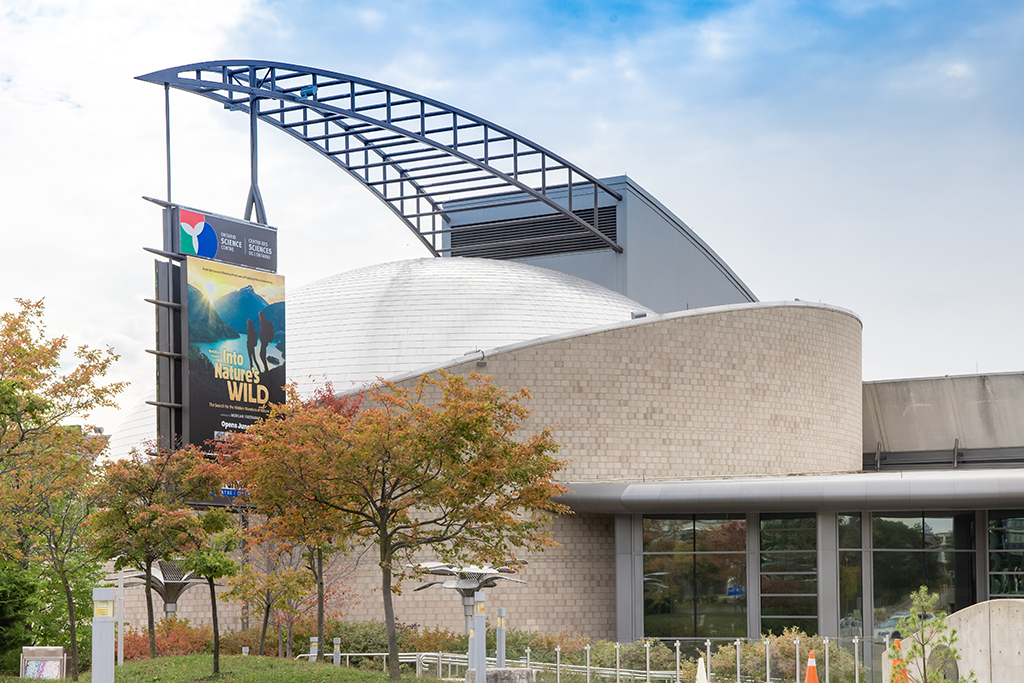
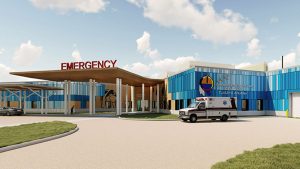
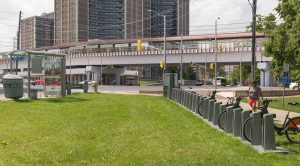
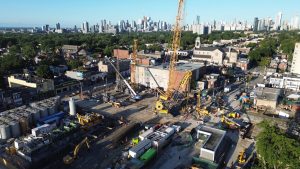
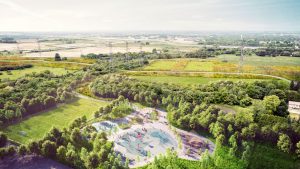
Recent Comments
comments for this post are closed